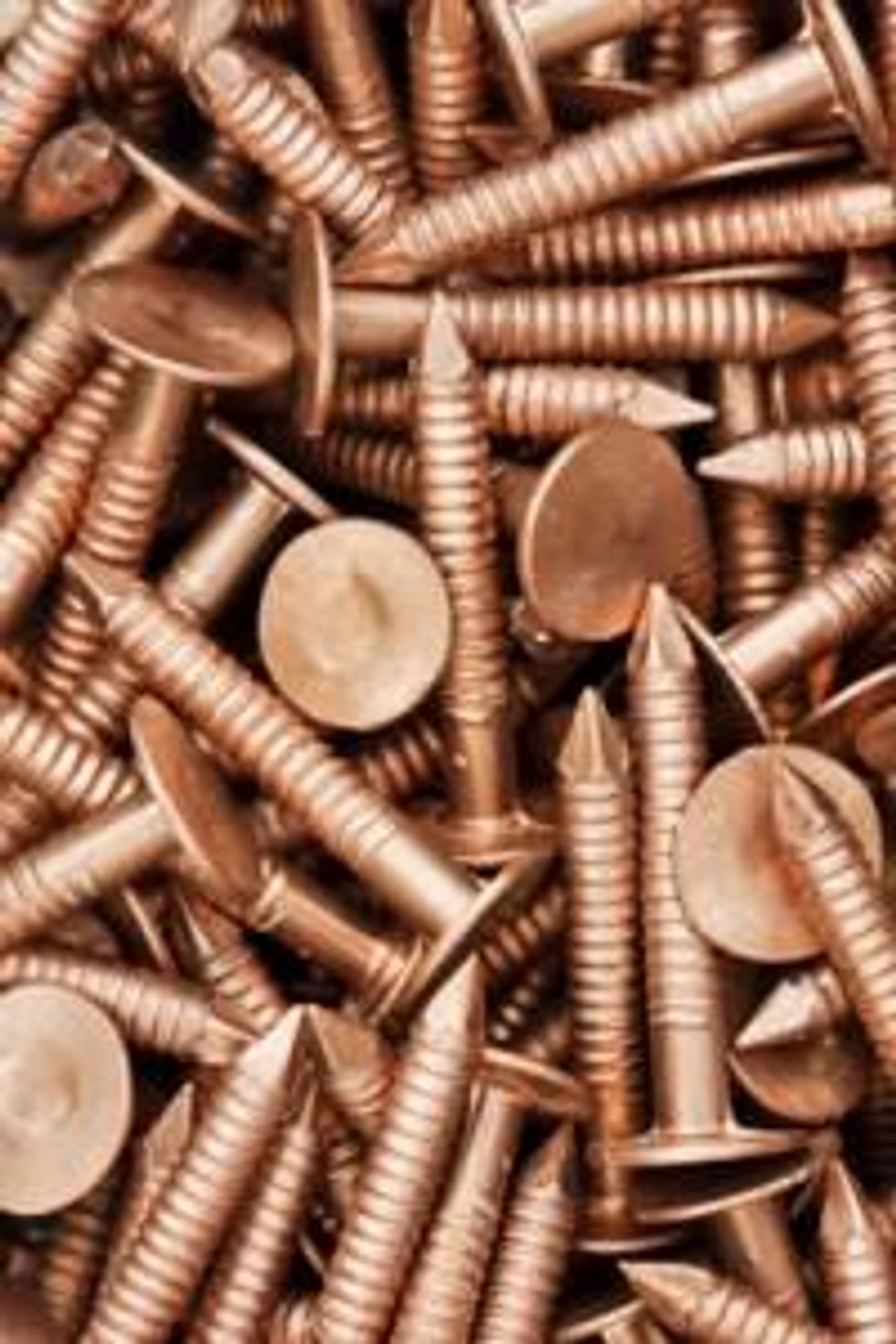China’s industrial output has reached a three-year low. That is seen by some copper traders as a blessing as it may push Beijing to once again take steps to stimulate economic growth, which in turn should drive up copper demand.
After reaching a one-week high on Tuesday, copper is largely flat despite signs of weakness in China’s manufacturing sector and a climb in the dollar that has made it more expensive for non-dollar traders to buy the red metal.
Beijing reported that factory output in the world’s largest copper-consuming nation hit a three-year low in July as industrial production for that month rose 9.2 percent compared to a 9.5 percent increase in June. Fixed-asset investment rose by 20.4 percent for the first seven months of 2012 compared to the same period a year ago, a slightly weaker outcome than was expected.
Meanwhile, the US greenback’s gains against major currencies amid persisting worries, particularly about Europe’s financial woes, have also put a dent in investors’ appetite for the red metal.
Yet with inflation in China falling to 1.8 percent in July from 2.2 percent in June, speculation that the government can and will take steps to stimulate demand remains strong. That in turn should give firm support to copper prices moving forward, analysts say.
Weaker copper prices in recent months have been hurting the world’s biggest copper-producing nation, Chile. The country’s central bank reported that July copper exports fell to $3.28 billion from $3.39 billion during the same period a year ago due largely to a decline in copper prices. The price of copper averaged $3.44 per pound in the latest month compared to $4.36 a pound a year ago.
In afternoon trading Thursday, COMEX copper for September delivery was unchanged at $3.42 a pound.
Company news
The fall in copper prices has hurt the bottom line of copper producers, including Rio Tinto (ASX:RIO,LSE:RIO,NYSE:RIO). The Australian mining giant said its underlying earnings for the first six months of 2012 plunged 34 percent from the same period a year ago to $5.2 billion due largely to lower prices for commodities, including copper. Copper prices were down 14 percent from a year ago, but the company said that the development of its Oyu Tolgoi mine in Mongolia remains on schedule, with commercial production pegged to start by the first half of next year. Chairman Jan du Plessis stated, “we remain convinced of the strength of the long-term demand outlook. We have taken a considered approach to investment, committing capital only to projects that will deliver value for shareholders under any probable macroeconomic conditions.”
Xstrata (LSE:XTA) reported this week that its first half net income fell 33 percent from a year ago to $1.94 billion. However, the company still expects the $1.47 billion Antapaccay copper mine in Peru to begin production in October.
Yamana Gold (NYSE:AUY,TSX:YRI,LSE:YAU) saw its second-quarter profit plunge 78 percent from a year ago to $42.9 million due to lower commodity prices and a fall in copper sales. Revenue fell about 7 percent on year to $535.7 million, with copper sales falling to 37.4 million pounds from 41.6 million pounds a year ago. The average realized copper price was $3.60 per pound compared to $4.22 a pound during the second quarter of 2011.
Despite these results, miners remain largely upbeat about copper’s long-term potential. Jacobs Engineering Group (NYSE:JEC) won a contract to provide Codelco, the world’s largest copper producer, with engineering services for phase II of the Radomiro Tomic sulfides mine as well as for a new concentrator facility. The mine is expected to produce about 200,000 metric tons of the metal a day and the total installed cost is estimated at $4.5 billion.
Junior company news
Redhawk Resources’ (TSXV:RDK) CEO, R. Joe Sandberg, said the results of the company’s latest drilling results at its Copper Creek project in Arizona are “very encouraging,” and the company is current mulling two mining options, namely open-pit and larger-scale underground. Sandberg added that “[e]fforts are also continuing on geotechnical evaluations, underground and open pit mining options, metallurgical testing, hydrology and ground water, engineering, and permitting.”
Deep sea mining group Nautilus Minerals (TSX:NUS,LSE:NUS) received an additional CA$500,000 in gross proceeds from the issue of the first tranche of shares that make up part of the non-brokered private placement that the company announced last week. The 555,556 shares issued this week complete the first tranche of a CA$34 million capital raise involving the issue of approximately 37.7 million shares at the price of 90 cents a share. The approximately 20.6 million shares remaining are to be issued following receipt of final regulatory approval. The funds will be used to continue buying the equipment necessary for underwater mining. The company continues to be in a legal dispute with the government of Papua New Guinea regarding the share of project development costs.
Securities Disclosure: I, Shihoko Goto, hold no direct investment interest in any company mentioned in this article.






